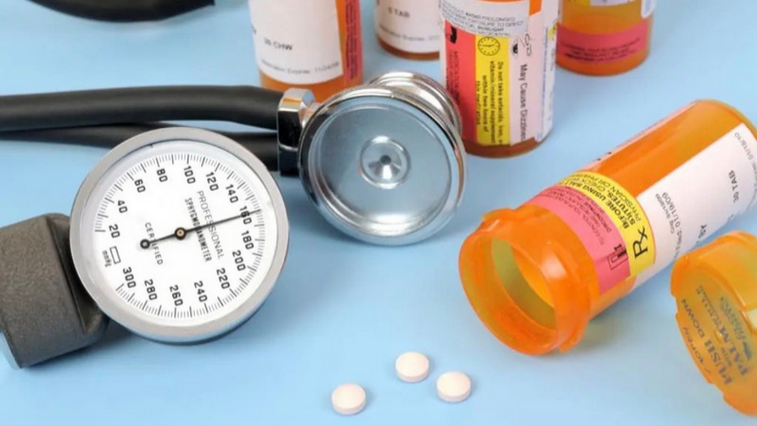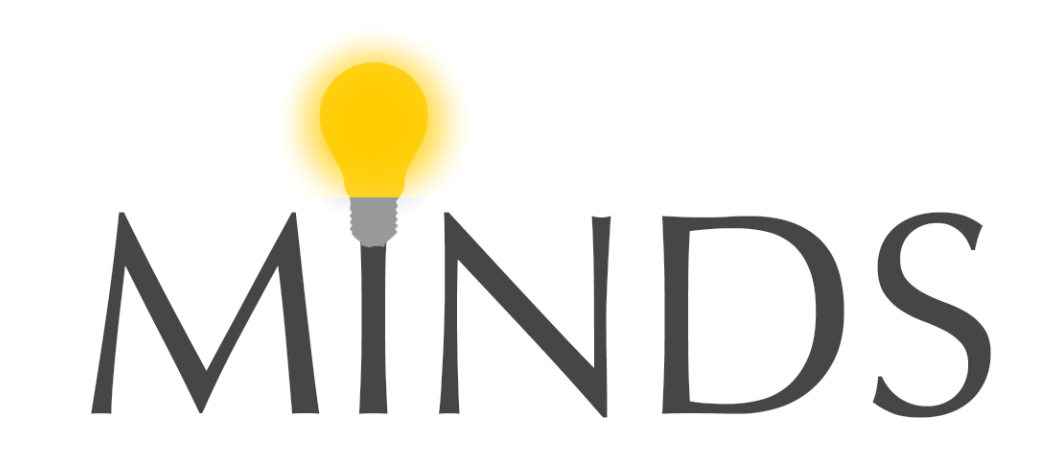
By Tracy Beanz & Michelle Edwards
For decades, blood pressure guidelines in the United States have been frequently revised. Each modification has subtly redefined what constitutes hypertension, which, in the United States, is the No. 1 risk factor for heart disease and stroke. As expected, these changes are often presented as evidence-based refinements. But, are they? The most recent revision by the American Heart Association (AHA) noticeably lowers diagnostic thresholds in a way that significantly expands the number of Americans classified as hypertensive. In turn, the revision directly increases the number of people eligible for a drug from Big Pharma. Without a doubt, the broadening of diagnostic criteria—with big pharma to the rescue—raises very real concerns about the balance between genuine preventive care and the medicalization of cases that would otherwise be considered borderline. The obvious question is: Are these changes truly about improving public health, or are they part of the larger pattern that we now see very clearly (thanks to COVID) that systematically expands the use of medications under the guise of preventive healthcare?
To explain further, on August 14, 2025, the AHA, along with the ACC and several other organizations, released new guidelines titled “Prevention, Detection, Evaluation, and Management of High Blood Pressure in Adults.” A closer look at the new guidelines reveals that, while many of the numerical thresholds remain aligned with values established in 2017, the rhetoric, testing protocols, and clinical expectations now lean decisively toward more premature pharmaceutical intervention across the board. So, what has changed?
Now emphasized more strongly, the new guidelines suggest that lifestyle changes alone should not delay the prescribing of medication in many patients. Nonetheless, the definition of hypertension in office-based settings remains unchanged. As in 2017, these frontlines of pathology persist: Stage 1 is still 130-190 / 80-89mmHg, and stage 2 is ≥140 / ≥90mmHg. Normal and elevated categories also persist at <120/80, then 120-129 / <80. Still, in some cases, the new guidelines urge that doctors and clinicians connect patients with Big Pharma sooner, especially if they are considered to be at an elevated risk. Thus, it seems to be no longer just about blood pressure, but rather about blood pressure as a gateway metric to a broader medicine bag of Big Pharma interventions.
The AMA is also putting a laser focus on its PREVENT risk-estimator tool. This calculator combines metrics from cardiovascular, kidney, and metabolic health to predict long-term heart risk, and is one of the decision tools indicating when to escalate treatments. Again, this shifting gives wider latitude for medical interventions in otherwise non-critical cases. Daniel W. Jones, M.D., FAHA, dean and professor emeritus of the University of Mississippi School of Medicine in Jackson, Mississippi, Chair of the 2025 guideline writing committee, and a member of the writing committee for the 2017 high blood pressure guideline, remarked:
“High blood pressure is the most common and most modifiable risk factor for heart disease. By addressing individual risks earlier and offering more tailored strategies across the lifespan, the 2025 guideline aims to aid clinicians in helping more people manage their blood pressure and reduce the toll of heart disease, kidney disease, Type 2 diabetes, and dementia.
This updated guideline is designed to support healthcare professionals—from primary care teams to specialists and all clinicians across healthcare systems—with the diagnosis and care of individuals with high blood pressure. It also empowers patients with practical tools that can support their individual health needs as they manage their blood pressure, whether through lifestyle changes, medications, or both.”
The 2025 guidelines also expand lab screenings and diagnostics. For example, previously optional, urine albumin/creatinine ratio testing is now more strongly recommended. Likewise, the plasma aldosterone-to-renin ratio is now promoted more aggressively, especially in patients with stage 2 hypertension or other red-flag features (like sleep apnea) in an effort to reveal secondary causes (and maybe even the need for more meds). The new guidelines also now explicitly link high blood pressure to cognitive decline and dementia risk, recommending that blood pressure control not be viewed only in cardiovascular terms, but also in terms of neuroprotection. And despite the benefits of natural sea salt, the new guidelines double down on sodium limits, recommending <1,500 mg/day, and more sharply recommend abstaining from alcohol in those with elevated BP.
So here we are. Although the thresholds haven’t changed since 2017, the net effect remains the same. What does that mean? Most importantly, greater emphasis on Big Pharma, under the rhetoric of “early action” and “whole-body risk management.” For decades, blood pressure guidelines have shifted gradually downward, with each revision recasting more Americans as “at risk.” What was once considered average is now a precursor to pathology, and when risk becomes diagnosis, you can bet that a prescription follows.
Of course, supporters not doing their own research into these silent crimes against humanity say early intervention is lifesaving. And that might be true for those at high risk. But lowering thresholds across the board doesn’t just capture the vulnerable, it also pulls in the stable, trusting patient who fears having a heart attack. And in doing so, it silently fosters a model where risk is, first and foremost, managed by the billion-dollar pharmaceutical industry. Make no mistake, behind the clinical language lies a commercial engine run fueled the deep state. A 2016 study in JAMA Internal Medicine revealed that over 80 percent of committee members involved in crafting such mischievous guidelines had financial ties to the pharmaceutical industry.
Further highlighting the scheme, as noted, the 2025 update promotes more laboratory testing. which, by nature, is an easy pathway to prescription meds. Thus, it’s no longer just about blood pressure. Instead, it’s now about blood pressure as a gateway metric to a more comprehensive suite of interventions. And now, with cognitive decline added to the narrative, the emotional stakes are higher. The subtle but powerful AMA message is now “Don’t just protect your heart—protect your brain. Act early.” Sigh. In an environment of rising fear around Alzheimer’s and dementia, the AMA’s redesigned framing ensures fewer patients will resist pharmaceutical advice, even when their numbers hover in gray zones.
One can’t help but wonder: Are these changes genuinely about saving lives, or are they part of a broader pattern we see repeatedly, where definitions of disease are shaped more by greed and profit than by medical necessity? The AMA revisions are alarming because when medicine becomes indistinguishable from marketing, we are all patients in waiting.








